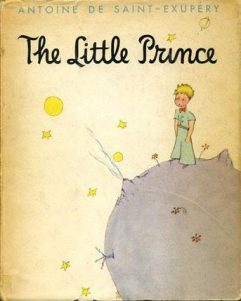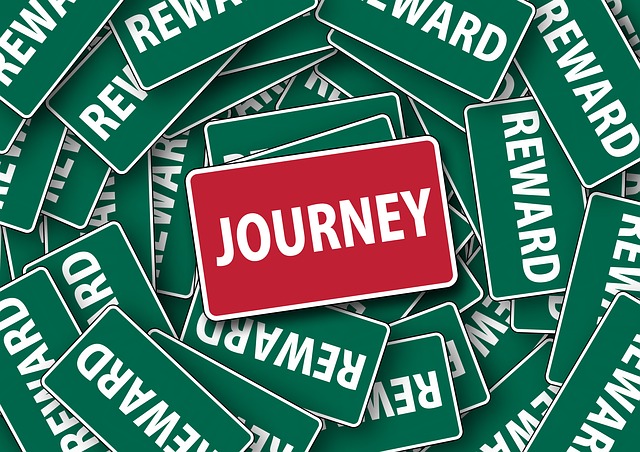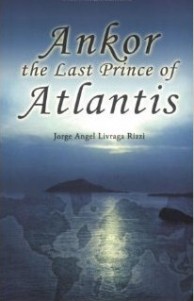The Little Prince: A Journey Inwards
Article By Krutika Mehta
posted by Kurush Dordi, September 10, 2017
 Most ancient traditions seem to share a dominant myth that revolves around a long and arduous journey with the hero facing danger or death, overcoming obstacles, before accomplishing his purposeful goal and returning home. Ancient Egypt, Greece and Rome, among others, viewed some of these heroes even as gods. Hercules and Arjuna are examples of such heroes who, while fighting monumental challenges, grew in stature, and unlocked their true potential. Perhaps like these heroes, we too are on our own journey to discover our own potential. Perhaps in this journey lie the hidden answers to questions about the meaning and purpose of our lives!
Most ancient traditions seem to share a dominant myth that revolves around a long and arduous journey with the hero facing danger or death, overcoming obstacles, before accomplishing his purposeful goal and returning home. Ancient Egypt, Greece and Rome, among others, viewed some of these heroes even as gods. Hercules and Arjuna are examples of such heroes who, while fighting monumental challenges, grew in stature, and unlocked their true potential. Perhaps like these heroes, we too are on our own journey to discover our own potential. Perhaps in this journey lie the hidden answers to questions about the meaning and purpose of our lives!
Antoine De Saint Exupery’s The Little Prince is a beautiful and moving fable of a prince who embarks on a journey to find the answers to universal questions about human existence. Profound ideas from his book, invite the reader to embark on a similar voyage.
“I am who I am and I have the need to be.”
“What matters most are the simple pleasures so abundant that we can all enjoy them… Happiness doesn’t lie in the objects we gather around us. To find it all we need to do is open our eyes.”
To decode these ideas, we begin to investigate the idea that to truly grow as a human being, one must undertake an investigative inward journey deep within ourselves. It is only then that we will be able to answer the greatest of all questions – “Who am I?” Perhaps, the true being that I am, is beyond habits and external conditioning, which usually define our identities. To know who I am, is to go beyond these superficial definitions, to find an eternal aspect, one’s true potential, perhaps the source of true happiness and joy.
But how should we begin this demanding and baffling journey?
“It’s a question of discipline…When you’ve finished washing and cleaning each morning you must tend to your planet.”
Our growth cannot come from isolating ourselves, disconnecting from the world. We need to engage with our planet, the “here & now”, with the challenges that we are born to which might present themselves in personal relationships, jobs, social obligations, etc. To engage with life, one needs to work with discipline and responsibility. Exupery recognizes that ‘tending’ to these challenges are exactly the opportunities that might reveal what we are ready to learn, in order to grow one step closer to our potentials, the inner Little Prince.
Soon the little Prince encounters a fox:
“Please…tame me,” he [the fox] said. “What does that mean…tame?” asked the little prince. “It means ‘to create ties’,” answered the fox.
In a metaphorical manner, the author alludes to the need to tame our animalistic desires and tendencies, such that we are able to establish “ties”. When we create ties, we create inter-dependence, and free ourselves of personal and animalistic motivations. In doing so, we take responsibility to engage with someone or something by investing ourselves wholly, free of personal subjectivities. This brings to mind the ancient Egyptian concept of neter – to give meaning to each act we do. Nothing remains casual; it can be as simple as cutting a vegetable or as complex as writing a research paper. To give meaning, one must be in the moment, give undivided attention to what one is doing.
The fox said, “To me you are still nothing more than a little boy who is just like a thousand other little boys. And I have no need of you. And you on your part, have no need of me. To you I am nothing more than a fox like a hundred thousand other foxes. But if you tame me, then we shall need each other. To me you will be unique in all the world. To you, I shall be unique in all the world…the only things you learn to love are the things you tame.”
The fox here reiterates for the reader, through his own example, why the rose on his planet was so special for the Little Prince. It was only after the prince had seen a bush full of roses that he realized that even though all the roses looked the same, his rose was the most beautiful. The fact that he had cared for her, and nurtured her, made her unique and gave his relationship a special meaning.
This applies also to our relationships, whether with people or with our principles. Ties founded on insecurity are fragile, but when based on unconditional love, absent fear, they become strong and meaningful. Likewise, our relationship with life is what we bring to it. If we are fearful, it will give us circumstances that will oblige us to engage with fear, giving us many opportunities to learn and grow out of that fear. But can we face our challenges heroically? Or do we run from circumstances that threaten to destabilize us? Establishing ties, bringing meaning and justice to every act takes effort – but it is the beginning of an inward journey that will help us introspect, reflect, know ourselves and slowly uncover our hidden potential.
“And now here’s my secret, a very simple secret: It is only with the heart that one can see rightly; what is essential is invisible to the eye… The most beautiful things in the world cannot be seen or touched, they are felt with the heart.”
What is essential is always invisible to the eye. It can’t be felt through our senses. It needs to be experienced and lived.
What is this miracle called life? What is it about nature that speaks so deeply and compellingly to something within us? When the setting sun splashes violet and pink across the evening sky, when a field of flowers in full bloom, each lifting its dancing head to look heavenwards, when the boughs of fruit trees grow heavier each day with ripening fruit – what is the mysterious ingredient that captivates our spirit? This mysterious ingredient lies beyond our subjective senses; it cannot be captured by our knowledge or our opinions. Perhaps, it is through an intuitive process that we must grasp this strong, albeit subtle, force of life which weaves itself through the universe. Nature is governed by a set of laws, which also apply to us, because we are also a part of nature.
“What makes the desert beautiful,” said the little prince, “is that somewhere it hides a well…”
Ancient Greeks spoke of nous, the Brahminic tradition teaches of arupa. When two schools of thought, one eastern and one western, geographically and culturally diverse, speak about the same idea, perhaps we are talking about a universal truth – the existence of a realm beyond the tangible plane wherein lie the archetypes of Truth, Beauty, and Justice – the source of all things in the material world. But how do we begin our personal search for this realm?
“A rock pile ceases to be a rock pile the moment a single man contemplates it bearing within him the image of a cathedral.”
What can connect us to something greater than ourselves is our imagination. When we imagine, and act on our imagination, we give shape to abstract, intangible ideas. Imagination is the tool that helps us experience the invisible within us. It helps us tap into our hidden potential and allows us to see the essential in ourselves. But to bridge the gap between imagination and the invisible realm, one must use the force of Will, in order to act, to manifest the idea.
The choice is always ours: To Be or Not to Be? To embark on this inner investigative journey that requires effort, and pushing of our personal limitations? Or to stay safely ignorant in our comfort zones? To pick up our bow and fight the Just war like Arjun, or to withdraw from the battle of life with all the opportunities for growth it offers? To pick the red pill like Neo in the Matrix, or the blue pill that returns us to a comatose ignorance?
To express our potential, we must pick the heroic choice; to strive steadfastly in our search for the essential, to see our challenges not as tasks but as opportunities, to bring meaning to life in every act, to seek Truth, and to aspire to connect with the invisible both within ourselves, and in the universe .
“…he took my hand. But he was still a little anxious. You were wrong to come. You’ll suffer. I’ll look as if I am dead and that won’t be true. You understand. It’s too far. I can’t take this body with me, it’s too heavy.”
We are not separate from nature. We are an integral part of it. And like the trees that shed their leaves every winter so that a rebirth can take place every spring, so too we have our own cycle – the cycle of life and death. Perhaps we too shed our bodies in preparation for a rebirth so that our journey continues…the only difference is that man’s destiny awaits him in the eternal invisible world of the archetypes. And even though we are uncertain of what lies ahead, in daring to push forward lies our glory.
“By the light of the moon I gazed at that pale forehead, the closed eyes, those locks of hair trembling in the wind. What I am looking at is only a shell. What’s most important is invisible.”
Image Credits: By Antoine de Saint-Exupery | Wikimedia Commons | CC BY PD
Related posts:
Image References
By Antoine de Saint-Exupery | Wikimedia Commons | CC BY PD




What do you think?